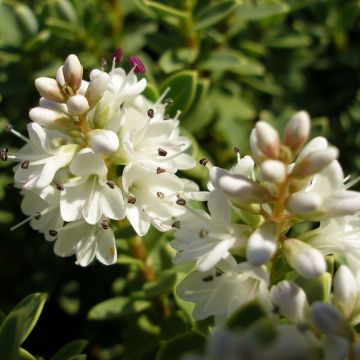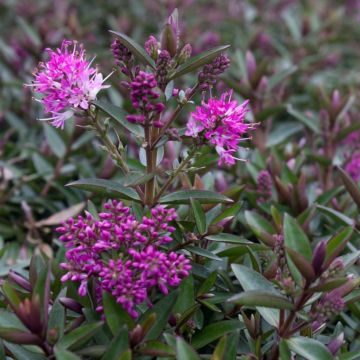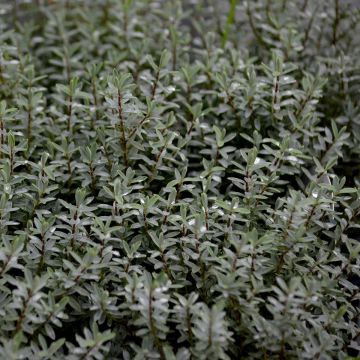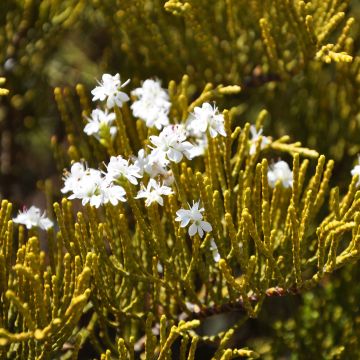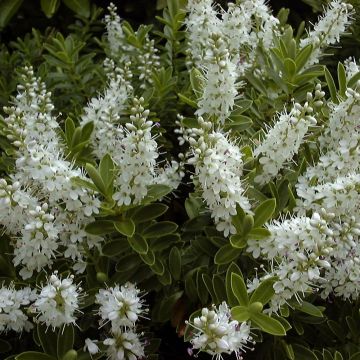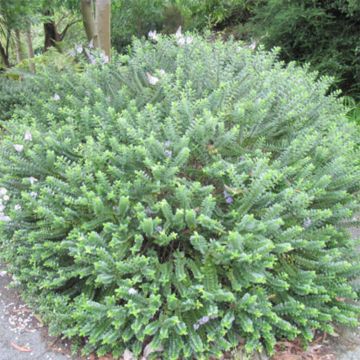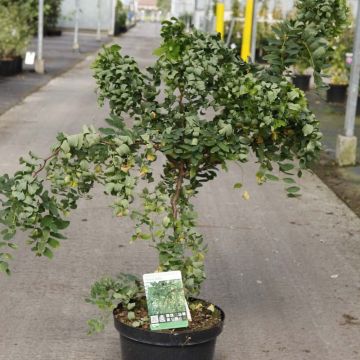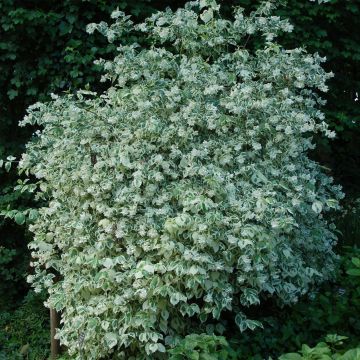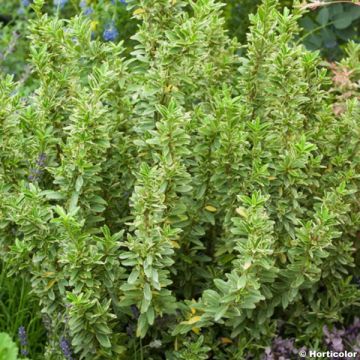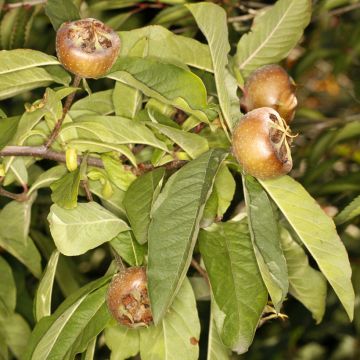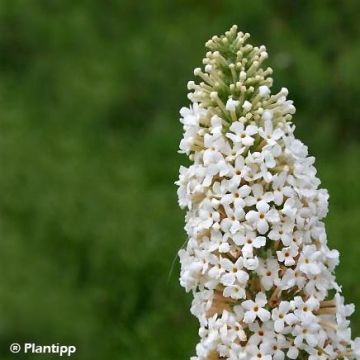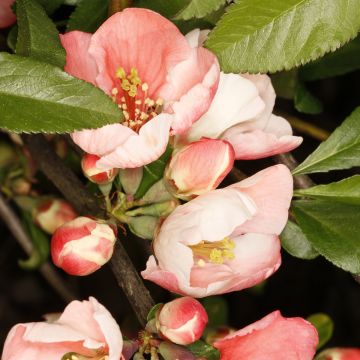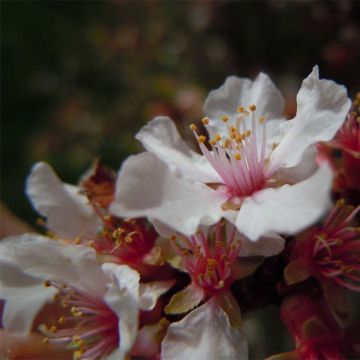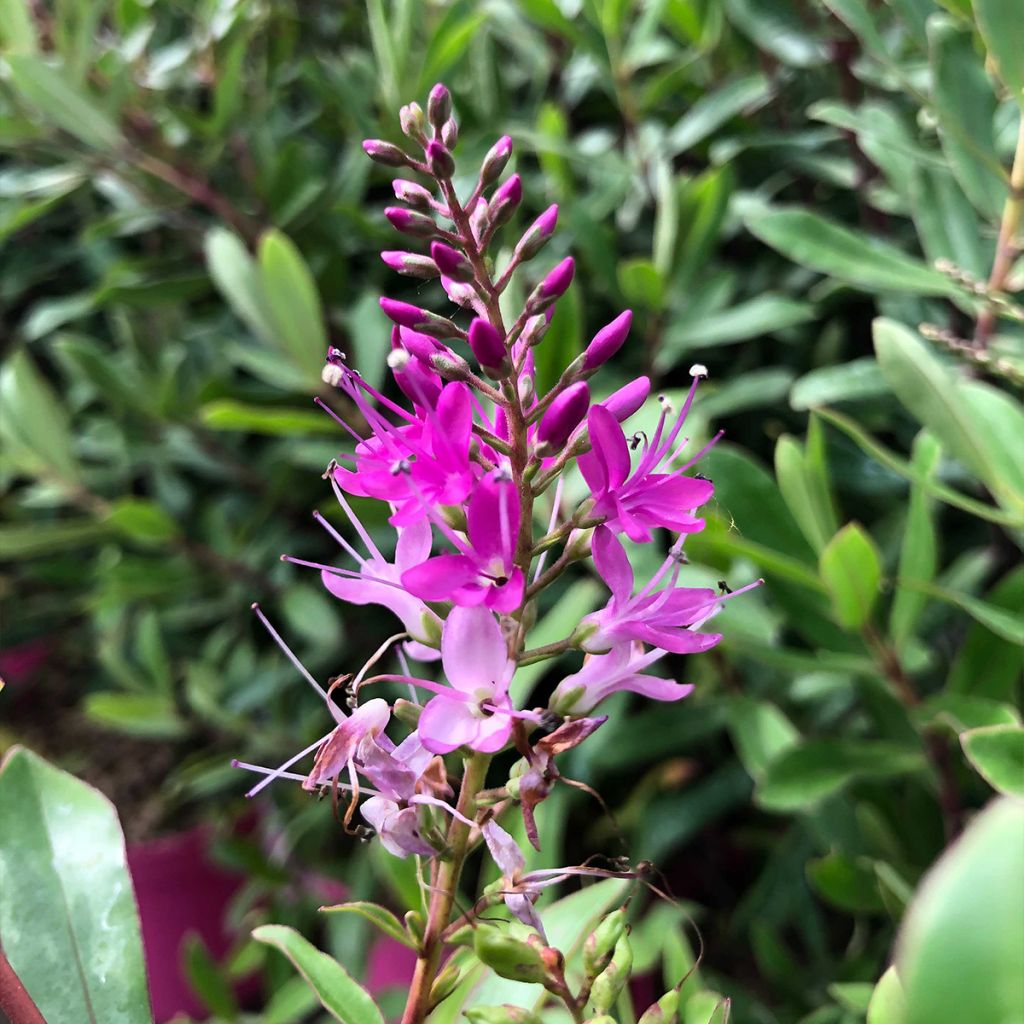

Hebe Wiri Charm
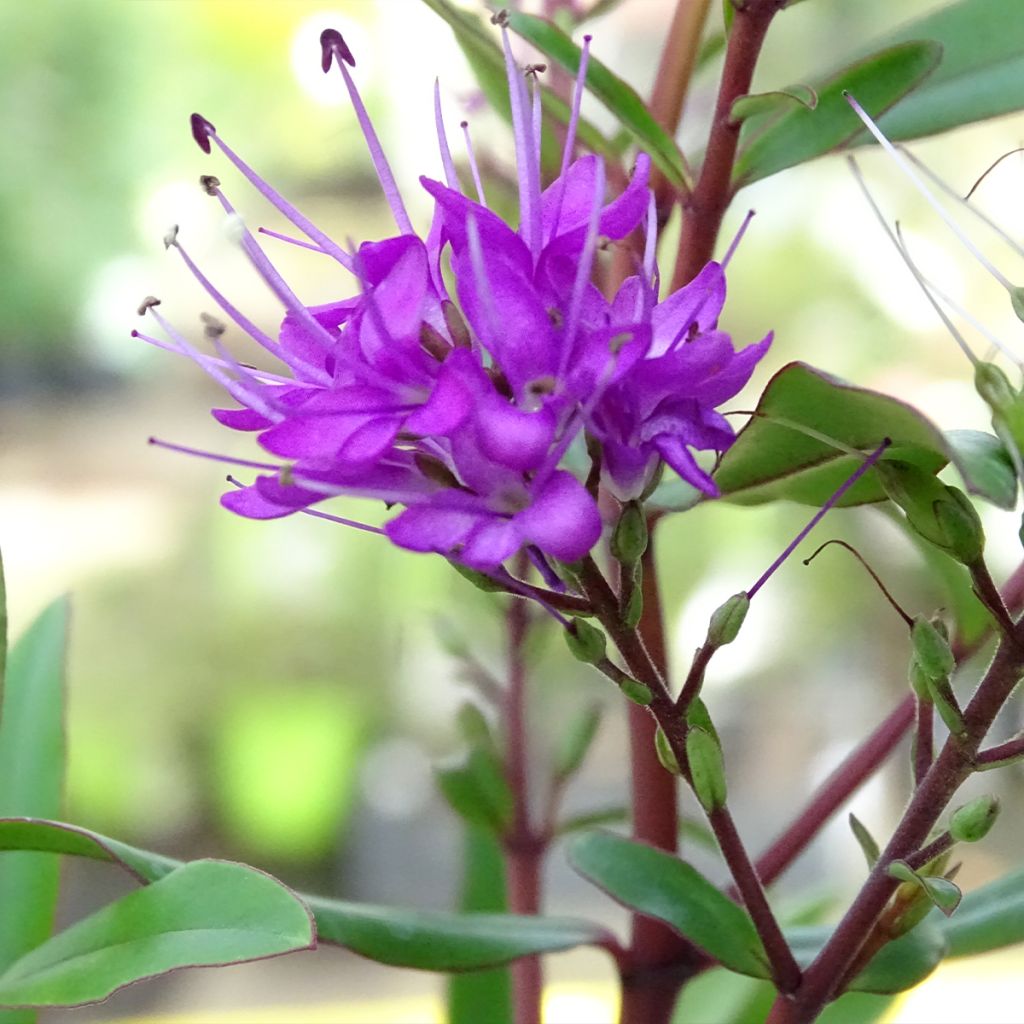

Hebe Wiri Charm
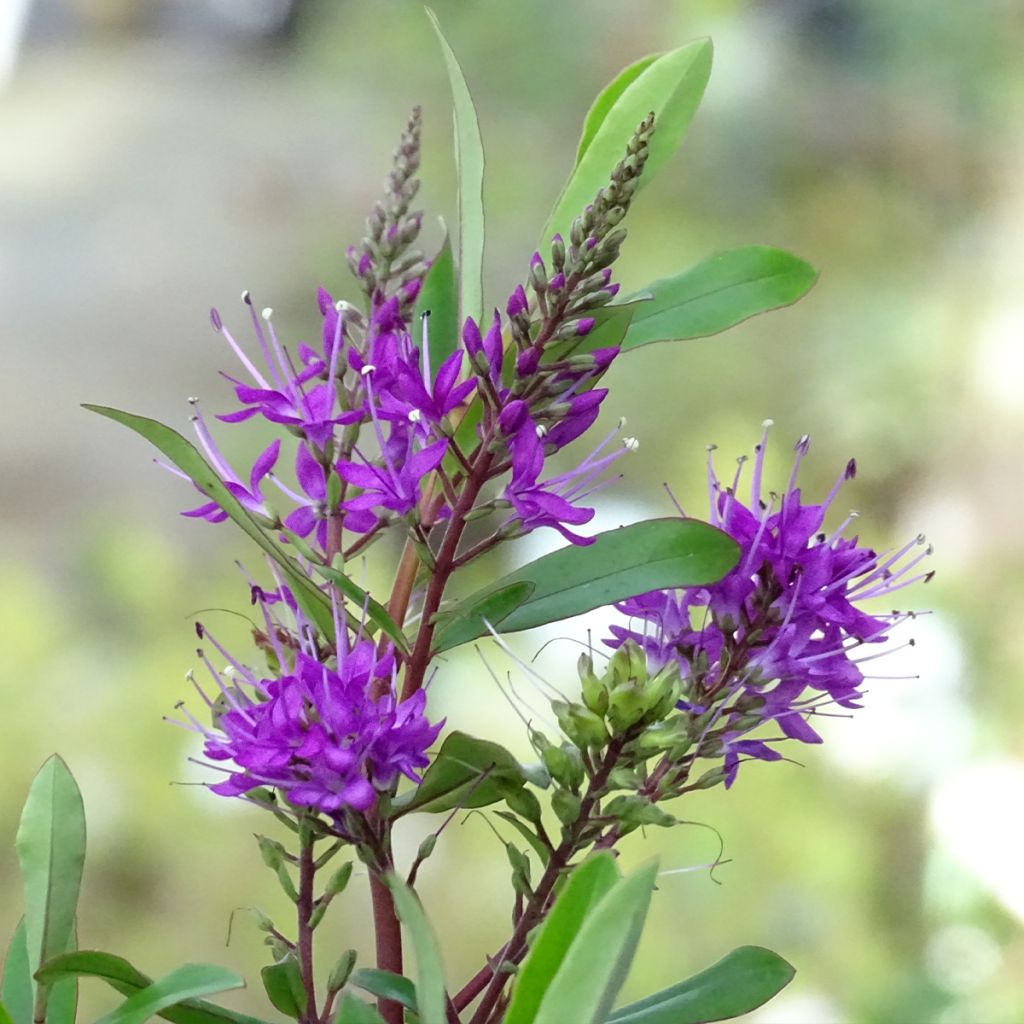

Hebe Wiri Charm
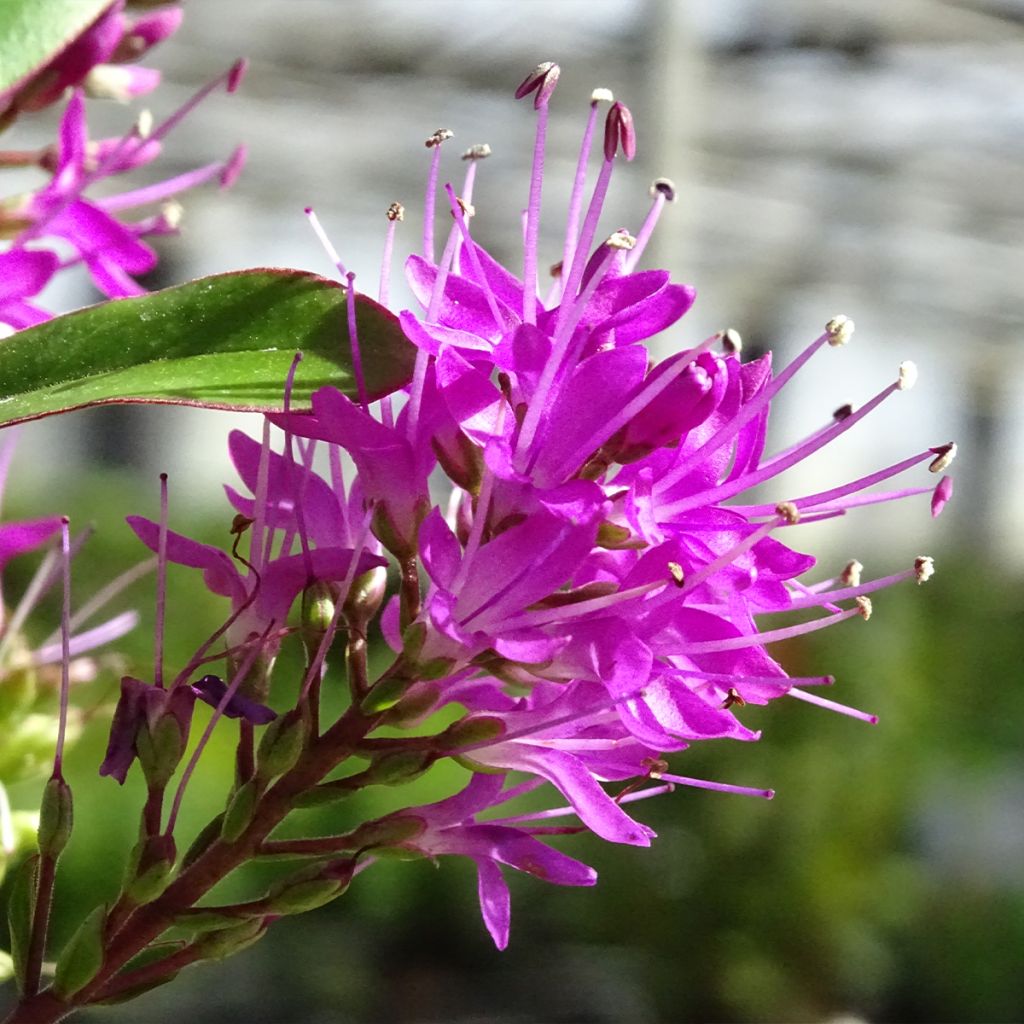

Hebe Wiri Charm
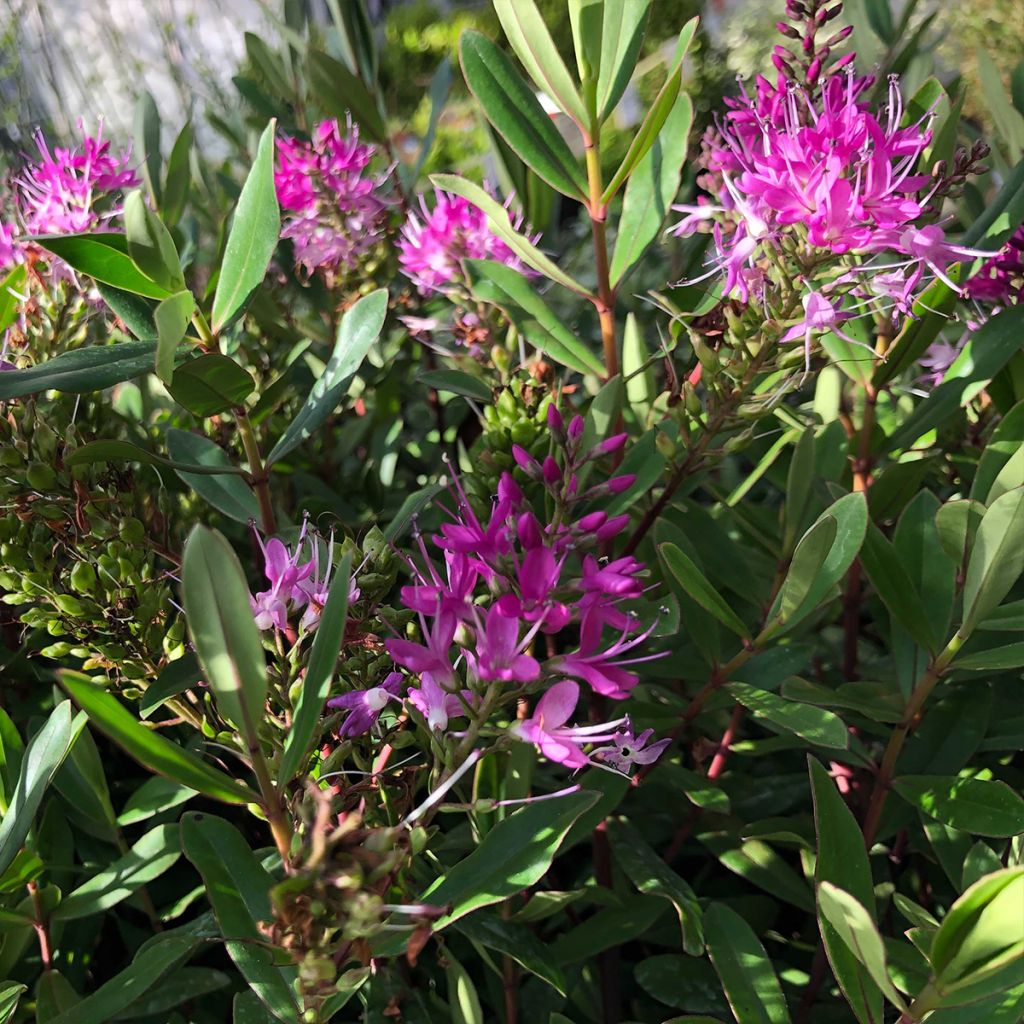

Hebe Wiri Charm
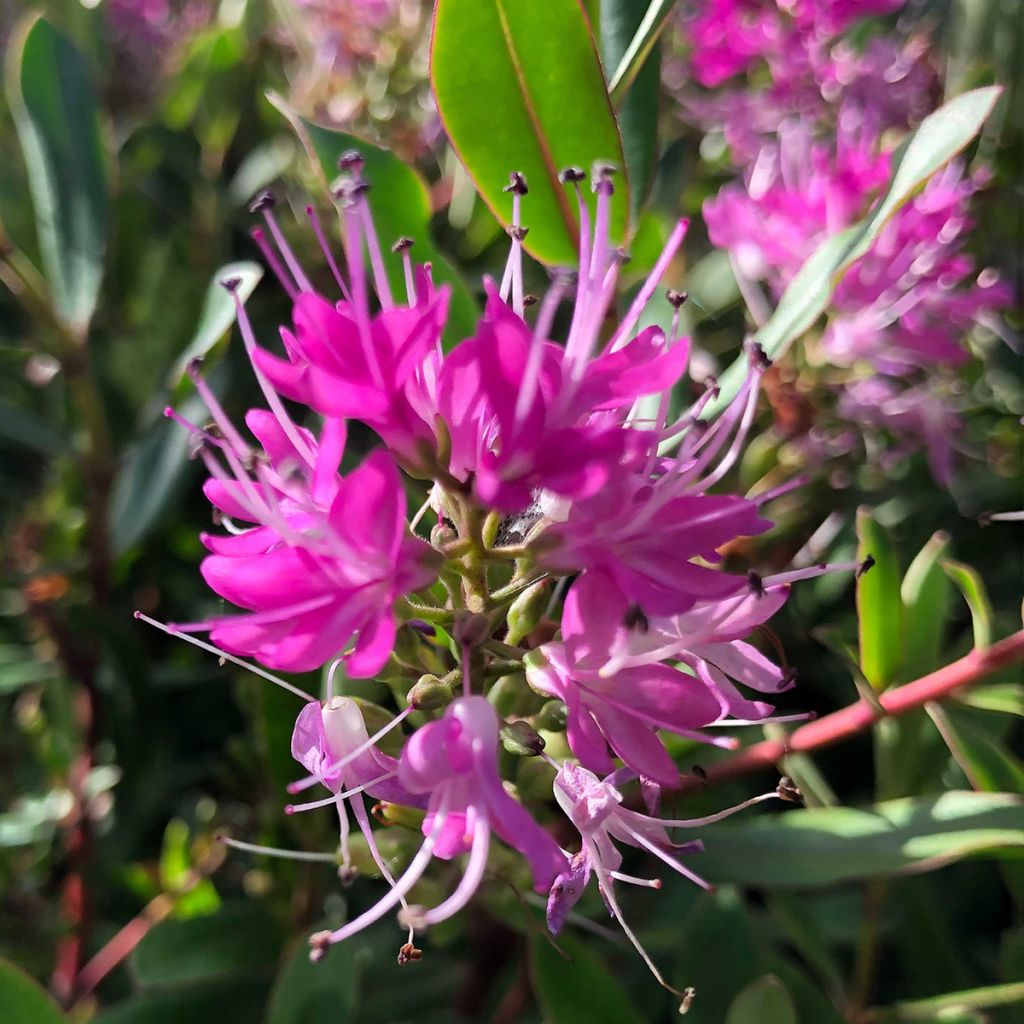

Hebe Wiri Charm
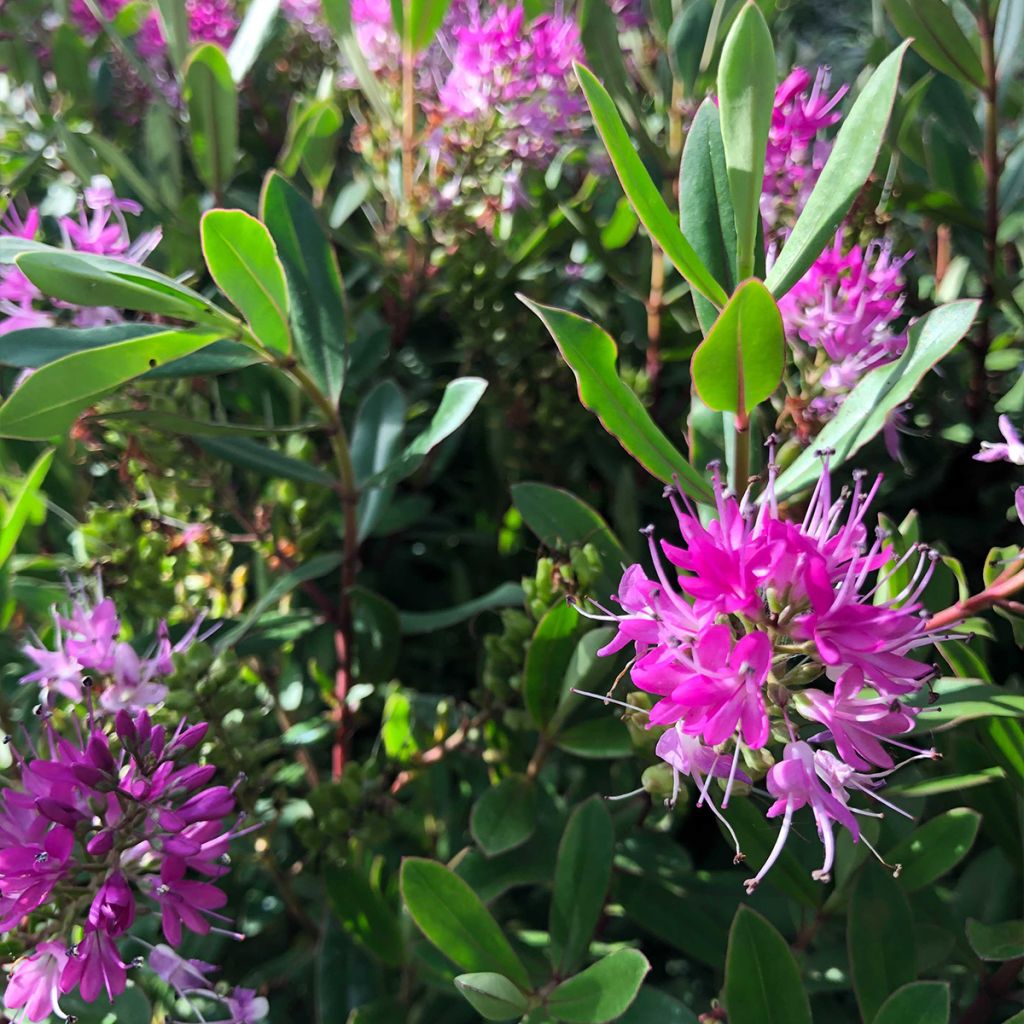

Hebe Wiri Charm
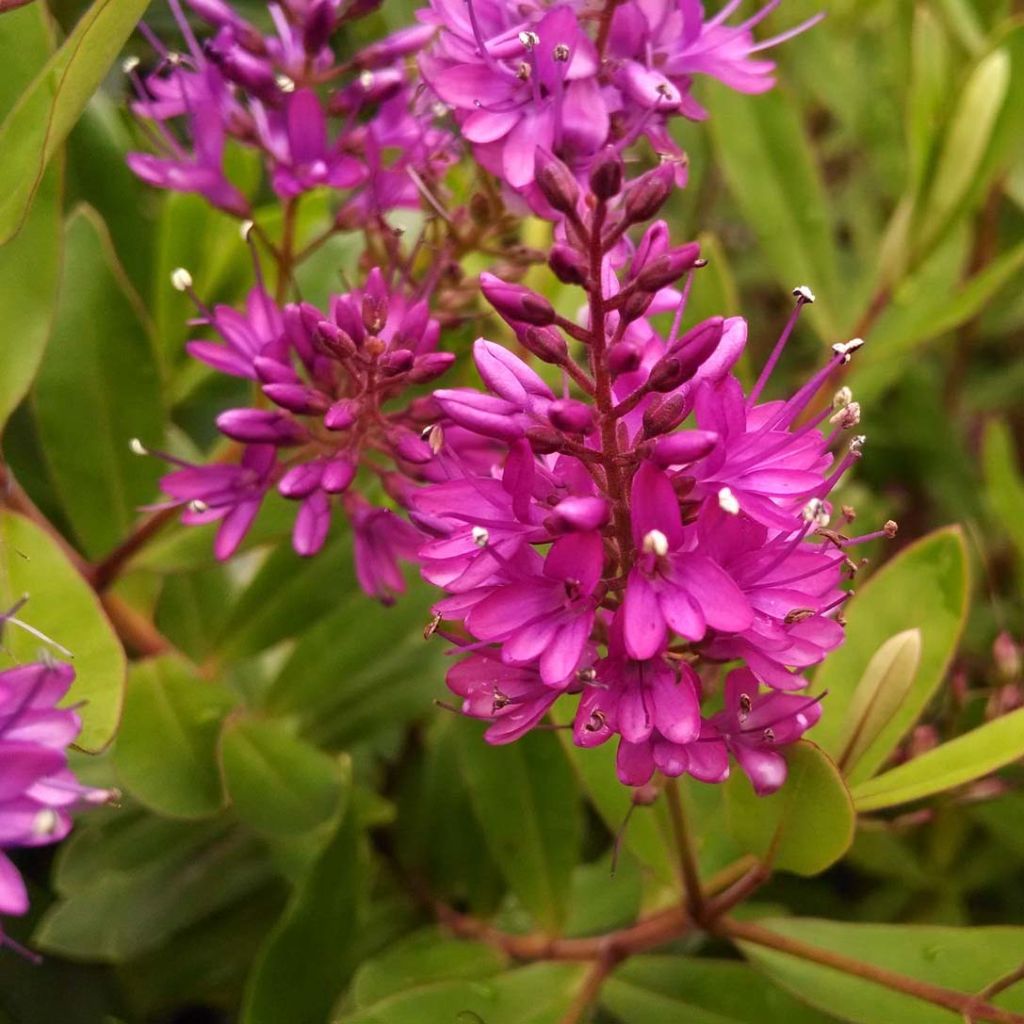

Hebe Wiri Charm
Hebe Wiri Charm
Hebe Wiri Charm
Shrubby Veronica, Speedwell shrub
This item cannot be shipped to the selected country
Delivery charge from €5.90
Delivery to Corse prohibited
More information
Schedule delivery date,
and select date in basket
This plant carries a 24 months recovery warranty
More information
We guarantee the quality of our plants for a full growing cycle, and will replace at our expense any plant that fails to recover under normal climatic and planting conditions.
From €5.90 for pickup delivery and €6.90 for home delivery
Express home delivery from €8.90.
Delivery to Corse prohibited: UE law prohibits the import of this plant from mainland France to Corse as part of the fight against Xylella fastidiosa. Please accept our sincere apologies.
More information

Does this plant fit my garden?
Set up your Plantfit profile →
Description
Hebe Wiri Charm is an easy-to-grow hybrid variety of shrubby Speedwell, relatively hardy and very floriferous. It forms a splendid bush slightly wider than it is tall, with dark green glossy foliage that remains decorative all year round. It also charms with its long summer flowering of pink-purple flower spikes that renew from July to September-October if weather permits. It is a versatile plant that can be grown in many regions with relatively mild winters, due to its tolerance of limestone and poor soils. Hebes are traditionally excellent plants for terraces or coastal gardens, and this one is no exception.
'Wiri Charm' Hebe is a fairly old New Zealand cultivar, obtained for the Auckland Regional Botanic Gardens by Jack Hobbs and introduced to France around 1995. The Wiri Hebes have been selected for their high resistance to foliage diseases, which often occur in humid climates. Like all Hebes, it belongs to the Plantaginaceae family and is related to perennial Speedwells (veronica). It forms a small, regular, airy bush, in a dome shape, about 80 cm (2-3 ft) tall and 1.10 m (3-4 ft) wide on average. Its stems, which lignify with age, bear slim, elongated, medium-sized, thick and leathery dark green leaves. Flowering begins in July and ends in September if the soil remains moist, in the form of branched inflorescences resembling small, 10 cm (4 in) long pyramidal panicles. Each cluster has a light appearance, due to the long stamens that protrude from a multitude of small purple-pink flowers. Pruning is recommended in late winter and after flowering to maintain a compact habit and neat appearance for this shrubby Speedwell.
Hebes have relatively slow growth and are relatively hardy (down to a minimum of -10°C (14 °F) for 'Wiri Charm'). They are generally offered alongside perennial plants as their use is closer to these than to shrubs. The 'Wiri Charm' variety, however, has sufficient growth to be included, in favourable climates, among other flowering shrubs. Its summer flowering goes well with buddleias, in a mix of colours, as does its sometimes silver-tinted foliage. In a coastal garden it can be combined with Escallonias, Myrtus, Oleanders, Evergreen Ceanothus, Callistemons or even mimosas. Elsewhere Hebes can be grown in large pots on terraces, to be stored in a bright, unheated room during winter.
Report an error about the product description
Hebe Wiri Charm in pictures
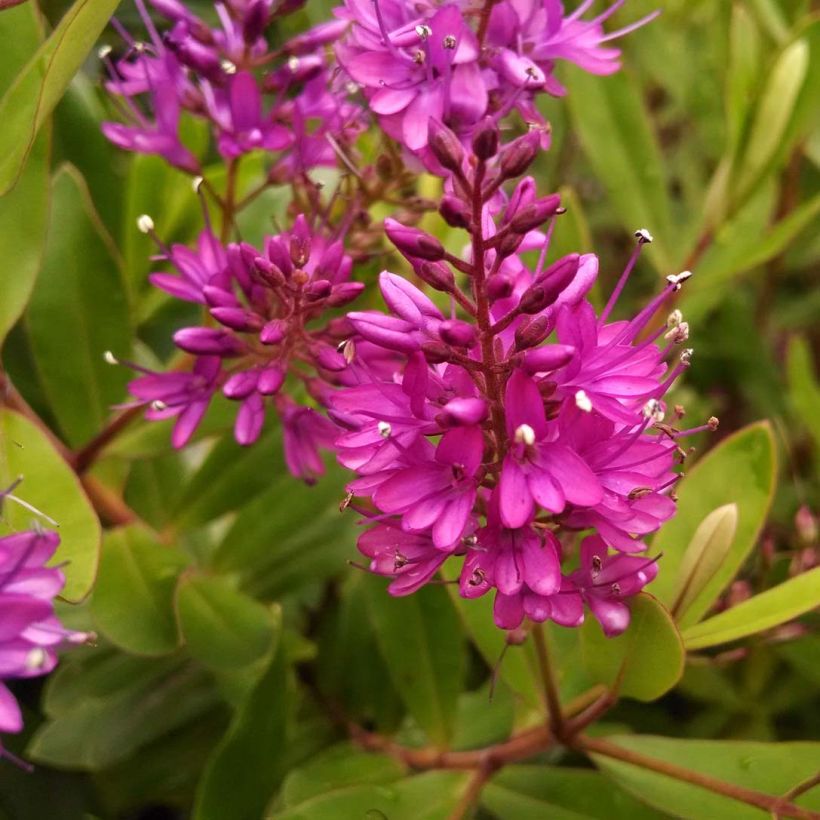

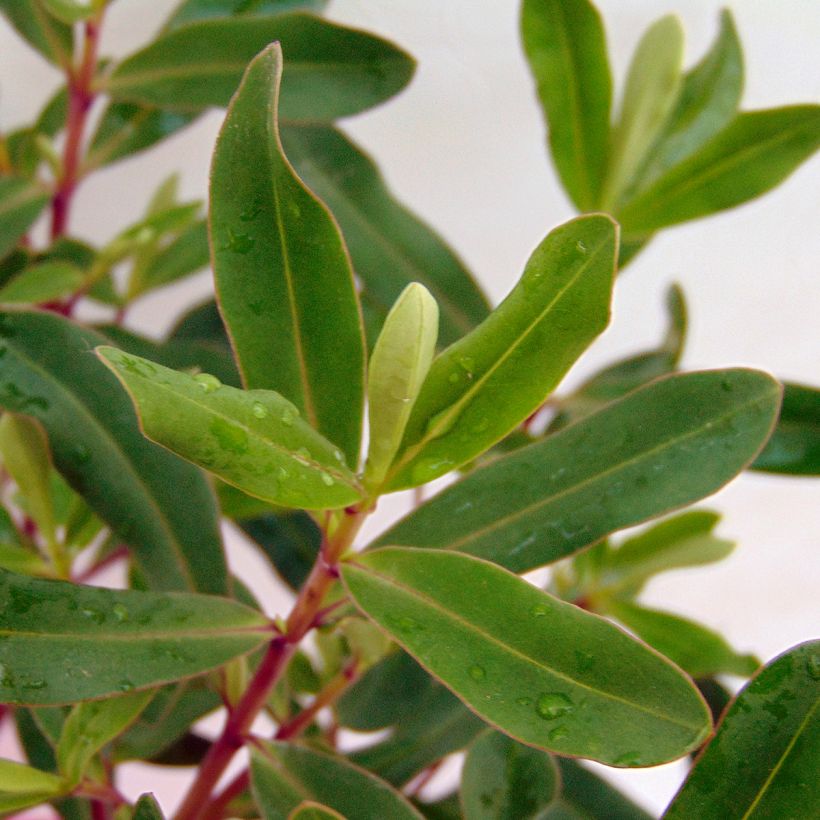

Plant habit
Flowering
Foliage
Botanical data
Hebe
Wiri Charm
Scrophulariaceae
Shrubby Veronica, Speedwell shrub
Cultivar or hybrid
Other Hebe - Shrubby Veronica
Planting and care
Wiri Charm Hebe is preferably planted in spring in cool climates. It prefers a sunny site and well-drained, even sandy soils that are sufficiently deep and well loosened. This Hebe tolerates sea spray and dry soils in summer, once well established. Its soil should remain fairly moist to support flowering in July-August. In gardens with heavy soil and a wet climate, Hebes should only be planted in a rockery, gravel garden or on a sloping bank. Wiri Charm Hebe enjoys rich, always well-drained soil. In colder regions, it is necessary to protect them or cultivate them in pots, bringing them indoors during freezing periods. As they grow, pruning with shears can be useful to maintain a dense and compact habit and a neat appearance.
Planting period
Intended location
Care
-
, onOrder confirmed
Reply from on Promesse de fleurs
Hedge shrubs
Haven't found what you were looking for?
Hardiness is the lowest winter temperature a plant can endure without suffering serious damage or even dying. However, hardiness is affected by location (a sheltered area, such as a patio), protection (winter cover) and soil type (hardiness is improved by well-drained soil).

Photo Sharing Terms & Conditions
In order to encourage gardeners to interact and share their experiences, Promesse de fleurs offers various media enabling content to be uploaded onto its Site - in particular via the ‘Photo sharing’ module.
The User agrees to refrain from:
- Posting any content that is illegal, prejudicial, insulting, racist, inciteful to hatred, revisionist, contrary to public decency, that infringes on privacy or on the privacy rights of third parties, in particular the publicity rights of persons and goods, intellectual property rights, or the right to privacy.
- Submitting content on behalf of a third party;
- Impersonate the identity of a third party and/or publish any personal information about a third party;
In general, the User undertakes to refrain from any unethical behaviour.
All Content (in particular text, comments, files, images, photos, videos, creative works, etc.), which may be subject to property or intellectual property rights, image or other private rights, shall remain the property of the User, subject to the limited rights granted by the terms of the licence granted by Promesse de fleurs as stated below. Users are at liberty to publish or not to publish such Content on the Site, notably via the ‘Photo Sharing’ facility, and accept that this Content shall be made public and freely accessible, notably on the Internet.
Users further acknowledge, undertake to have ,and guarantee that they hold all necessary rights and permissions to publish such material on the Site, in particular with regard to the legislation in force pertaining to any privacy, property, intellectual property, image, or contractual rights, or rights of any other nature. By publishing such Content on the Site, Users acknowledge accepting full liability as publishers of the Content within the meaning of the law, and grant Promesse de fleurs, free of charge, an inclusive, worldwide licence for the said Content for the entire duration of its publication, including all reproduction, representation, up/downloading, displaying, performing, transmission, and storage rights.
Users also grant permission for their name to be linked to the Content and accept that this link may not always be made available.
By engaging in posting material, Users consent to their Content becoming automatically accessible on the Internet, in particular on other sites and/or blogs and/or web pages of the Promesse de fleurs site, including in particular social pages and the Promesse de fleurs catalogue.
Users may secure the removal of entrusted content free of charge by issuing a simple request via our contact form.
The flowering period indicated on our website applies to countries and regions located in USDA zone 8 (France, the United Kingdom, Ireland, the Netherlands, etc.)
It will vary according to where you live:
- In zones 9 to 10 (Italy, Spain, Greece, etc.), flowering will occur about 2 to 4 weeks earlier.
- In zones 6 to 7 (Germany, Poland, Slovenia, and lower mountainous regions), flowering will be delayed by 2 to 3 weeks.
- In zone 5 (Central Europe, Scandinavia), blooming will be delayed by 3 to 5 weeks.
In temperate climates, pruning of spring-flowering shrubs (forsythia, spireas, etc.) should be done just after flowering.
Pruning of summer-flowering shrubs (Indian Lilac, Perovskia, etc.) can be done in winter or spring.
In cold regions as well as with frost-sensitive plants, avoid pruning too early when severe frosts may still occur.
The planting period indicated on our website applies to countries and regions located in USDA zone 8 (France, United Kingdom, Ireland, Netherlands).
It will vary according to where you live:
- In Mediterranean zones (Marseille, Madrid, Milan, etc.), autumn and winter are the best planting periods.
- In continental zones (Strasbourg, Munich, Vienna, etc.), delay planting by 2 to 3 weeks in spring and bring it forward by 2 to 4 weeks in autumn.
- In mountainous regions (the Alps, Pyrenees, Carpathians, etc.), it is best to plant in late spring (May-June) or late summer (August-September).
The harvesting period indicated on our website applies to countries and regions in USDA zone 8 (France, England, Ireland, the Netherlands).
In colder areas (Scandinavia, Poland, Austria...) fruit and vegetable harvests are likely to be delayed by 3-4 weeks.
In warmer areas (Italy, Spain, Greece, etc.), harvesting will probably take place earlier, depending on weather conditions.
The sowing periods indicated on our website apply to countries and regions within USDA Zone 8 (France, UK, Ireland, Netherlands).
In colder areas (Scandinavia, Poland, Austria...), delay any outdoor sowing by 3-4 weeks, or sow under glass.
In warmer climes (Italy, Spain, Greece, etc.), bring outdoor sowing forward by a few weeks.



































